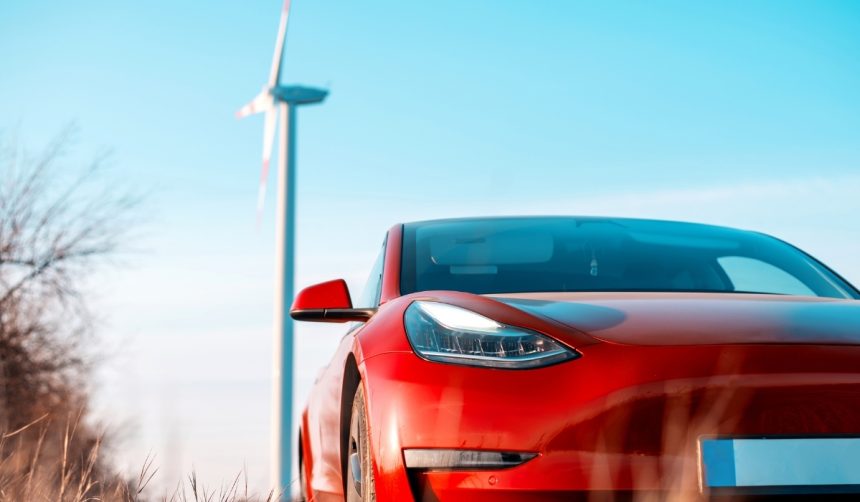Tesla’s approach to in-car technology integration often focuses on maintaining value for existing vehicle owners through software updates. As driving environments become more complex, enhanced support systems, such as the driver visualization feature, play a pivotal role in assisting drivers. This latest move from Tesla bridges the gap between newer and older models, ensuring improved usability for a wider customer base. Many drivers have highlighted the importance of seamless backing-up experiences, and the upcoming update directly addresses a commonly cited limitation in Intel-based models.
Recent coverage of Tesla’s driver visualization primarily centered on the advanced capabilities seen in newer AMD-based vehicles, particularly their ability to render visuals both forward and in reverse. Older Intel-based cars, in contrast, previously supported these views only while traveling forward, prompting owners to express concerns about limited utility in certain scenarios. With the introduction of Software Update 2025.32.2, Tesla aims to align feature functionality across its car lineup more closely, reflecting an ongoing strategy to offer retroactive improvements.
Which New Visualization Option Is Now Offered?
Tesla’s Software Update 2025.32.2 introduces real-time Full Self-Driving (FSD) visualizations when the vehicle is shifted into reverse for Intel-based cars, a function already present in those built with AMD chips. This enhancement means drivers can now access the same level of situational awareness when reversing as when moving forward. The update, although not highlighted in official release notes, was confirmed by users experiencing the change firsthand.
What Impact Will This Improvement Have for Users?
The update addresses a previously missing capability, smoothing out inconsistencies in the driver experience between hardware generations. As a result, reversing feels more continuous and consistent, according to user feedback. A Tesla spokesperson noted,
“We continually work on expanding the capabilities of our vehicles through frequent software improvements.”
The solution demonstrates Tesla’s ongoing monitoring of feature gaps in its deployed fleet.
Why Was This Update Not Announced Publicly?
Tesla did not list the visualization improvement in its release notes, possibly due to its targeted scope for Intel-based vehicles or its modest nature relative to other features. Owners who downloaded the update reported the change, confirming unannounced advances can reach users directly. The company stated,
“Not all updates are detailed in our public documentation, but we regularly fine-tune user experience.”
By ensuring that older vehicles with Intel processors now offer backward driving visualizations on par with newer AMD-equipped models, Tesla continues its policy of incremental vehicle software enhancements. This stands in contrast to past reports that stressed a hardware limitation for full-featured visualizations, suggesting customer feedback strongly influences update priorities at Tesla. The company frequently makes improvements beyond formal announcements, pointing to an ongoing pattern of addressing user-reported issues in subsequent updates. For owners, this means a more cohesive driver-assist interface, regardless of the underlying processing technology.
Maintaining parity in driver assistance features can provide long-term value retention for Tesla vehicles, important in a market where technology advances rapidly. Owners of Intel-based Teslas benefit immediately from upgrades that might have seemed inaccessible, reducing the potential for obsolescence and enhancing overall safety during maneuvers like reversing. For users, staying informed about unpublicized updates is recommended—drivers who notice subtle interface improvements often benefit most quickly. Ultimately, Tesla’s approach to software deployment illustrates both attention to legacy hardware and responsiveness to real-world driver needs.










